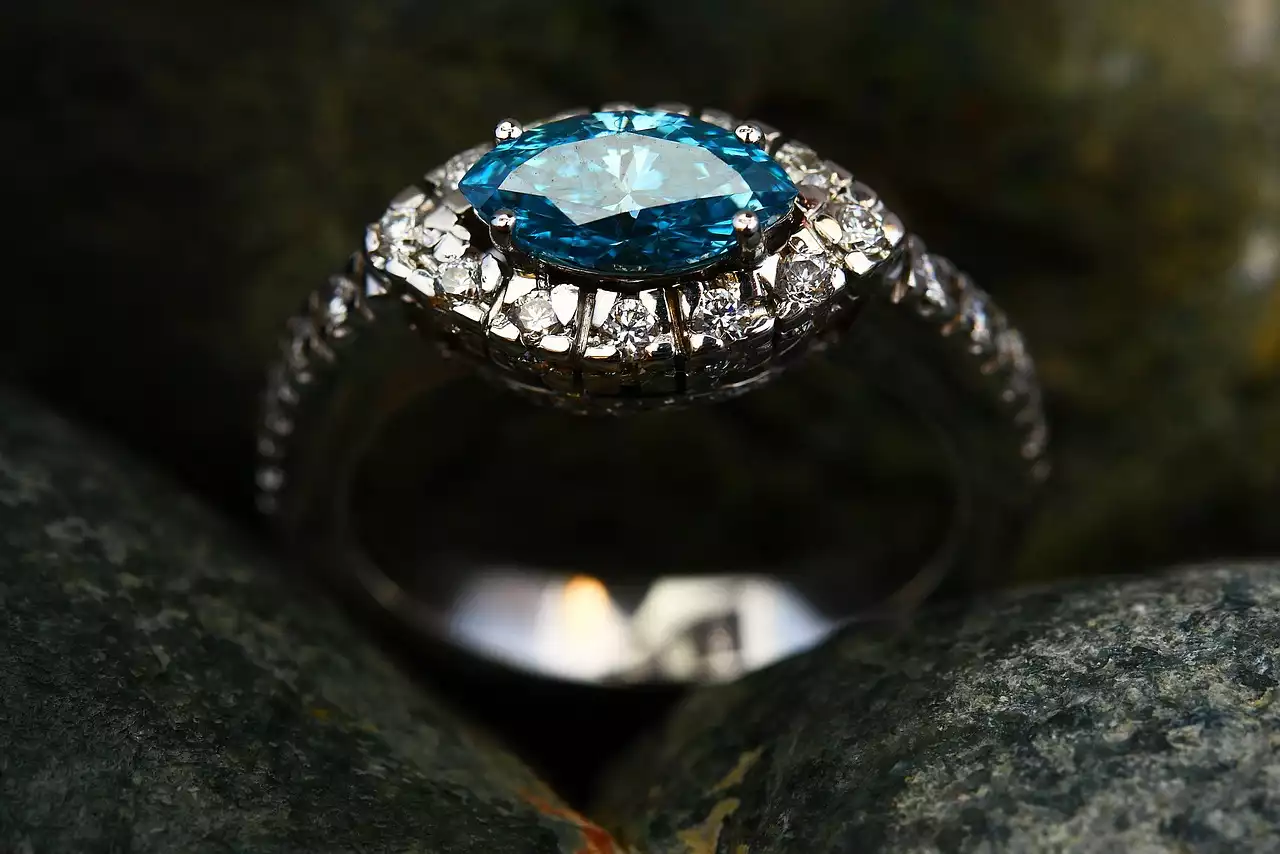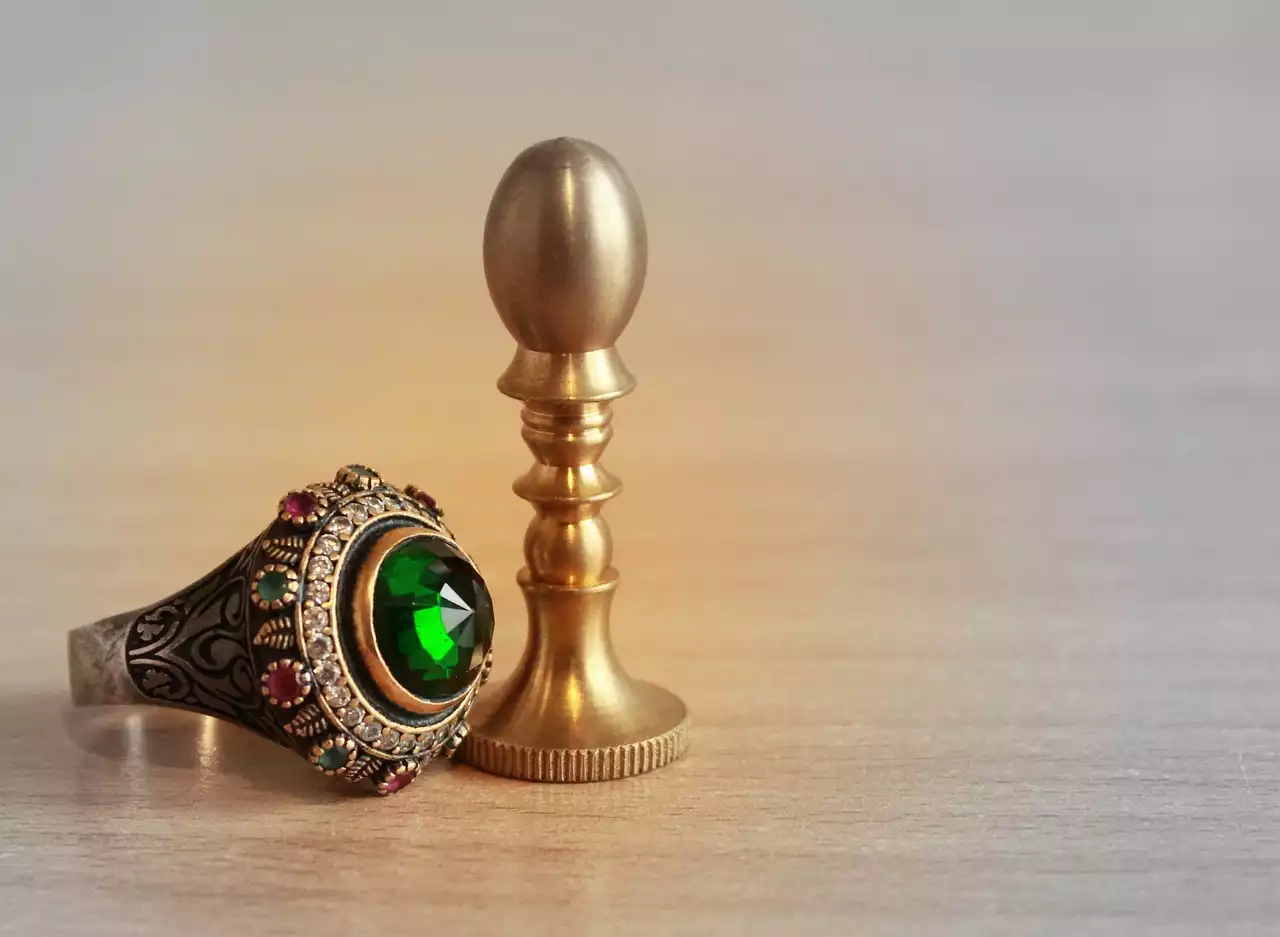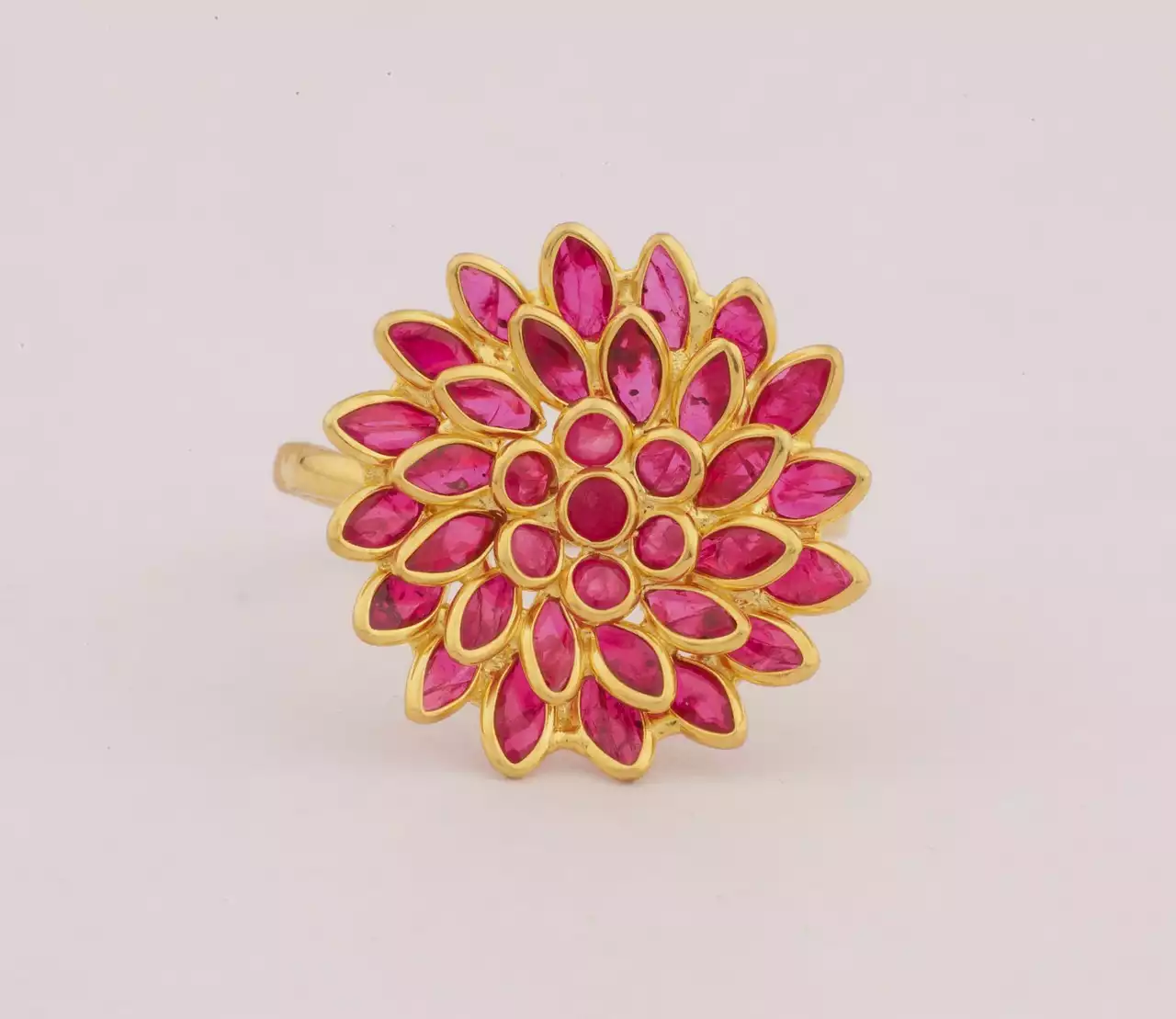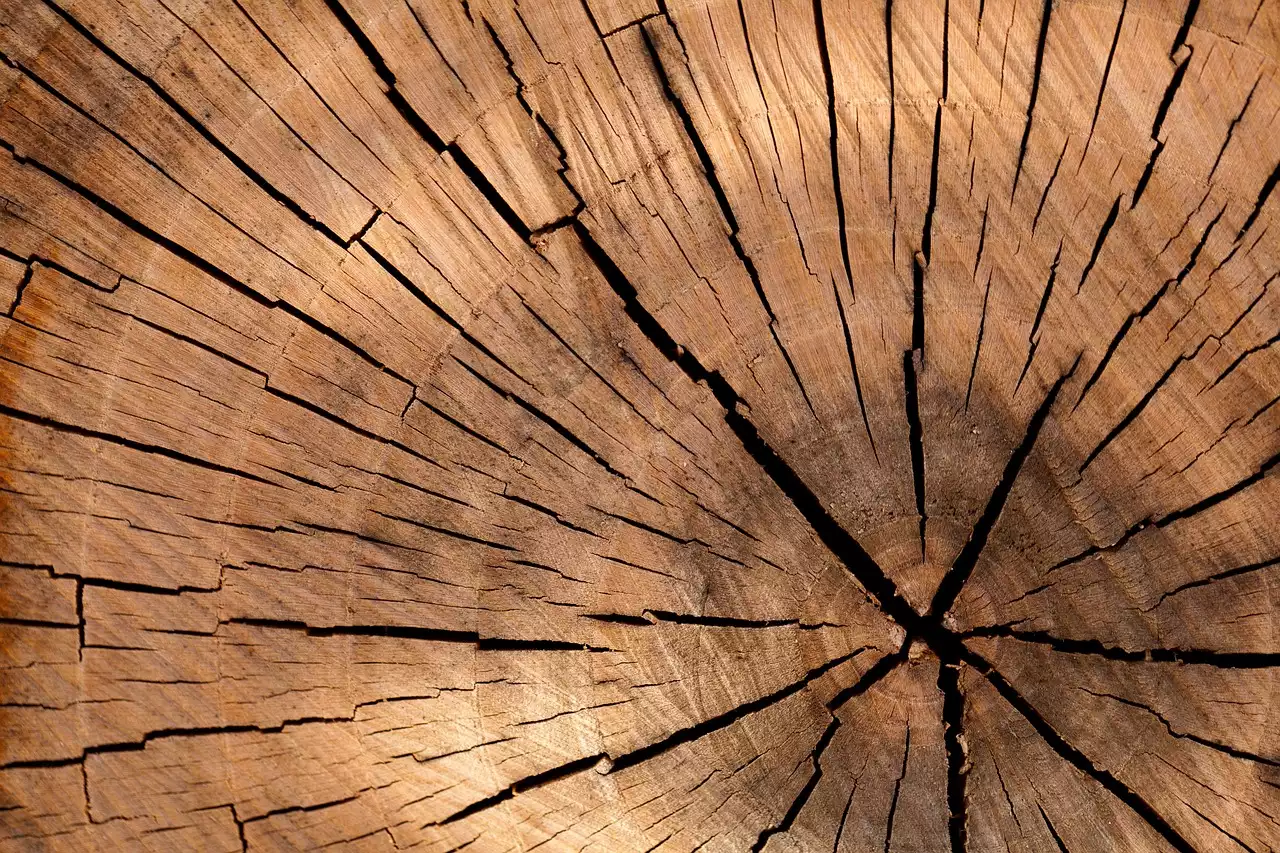Understanding the basics of ring sizing and styles
Before you start mixing and matching your rings, it's important to understand the basics of ring sizing and styles. Rings come in various sizes and widths, and it's important to choose rings that fit comfortably on your fingers. If you're not sure about your ring size, you can visit a jeweler to have your finger measured.
In addition to size, rings also come in various styles. From delicate bands to chunky statement rings, there's a style for every taste. When mixing and matching rings, it's important to choose rings that complement each other in style and shape. For example, you may want to pair a delicate band with a chunky statement ring, or mix and match different textures and widths to create a unique look.
Choosing a focal point ring
When creating a ring stack, it's important to choose a focal point ring. This is the ring that will draw the most attention and serve as the centerpiece of your stack. Your focal point ring should be a statement piece that reflects your personal style.
When choosing a focal point ring, consider the metal and gemstone. If you prefer a minimalist look, you may want to opt for a simple gold or silver band. If you prefer a bolder look, you may want to choose a ring with a large gemstone or intricate design. Once you've chosen your focal point ring, you can start building your stack around it.
Selecting complementary rings
When selecting complementary rings, it's important to consider the metal and gemstone of your focal point ring. You want to choose rings that complement your focal point ring without overpowering it. For example, if your focal point ring has a large gemstone, you may want to choose complementary rings with smaller gemstones or no gemstones at all.
You can also mix and match different metals to create a unique look. For example, you may want to combine gold and silver rings for a trendy twist. When selecting complementary rings, it's important to choose rings that fit comfortably on your fingers and complement your personal style.
Playing with texture and materials
When mixing and matching rings, you can also play with texture and materials. For example, you may want to combine a smooth gold band with a twisted silver band for a unique look. You can also mix and match different materials such as wood, leather, or enamel to add texture to your ring stack.
When playing with texture and materials, it's important to choose rings that complement each other in style and shape. You can also mix and match different widths to create a balanced look. For example, you may want to pair a thick band with a delicate band to create a layered effect.
Creating a balanced look with layering
One of the keys to mixing and matching rings is creating a balanced look. This can be achieved through layering. By layering rings of different widths and textures, you can create a cohesive and eye-catching ring stack.
When layering rings, it's important to start with your focal point ring and build around it. You can then add complementary rings and play with texture and materials to create a unique look. You can also stack rings on the same finger or spread them out across multiple fingers to create a more dramatic effect.
Adding pops of color and gemstones
If you're looking to add a pop of color to your ring stack, consider adding gemstone rings. Gemstones come in a variety of colors and can add a vibrant touch to your ring stack. When adding gemstone rings, it's important to choose rings that complement your focal point ring and the rest of your stack.
You can also mix and match different colored gemstones to create a unique look. For example, you may want to combine a blue sapphire ring with a green emerald ring for a colorful and eye-catching stack.
Mixing metals for a trendy twist
Mixing metals is a great way to add a trendy twist to your ring stack. You can combine gold and silver rings for a modern look, or mix and match different metals such as rose gold, white gold, and platinum.
When mixing metals, it's important to choose rings that complement each other in style and shape. You can also play with texture and materials to create a unique look. For example, you may want to combine a smooth gold band with a twisted silver band for a trendy and stylish stack.
Stacking vs. spreading out rings
When creating a ring stack, you can choose to stack your rings on the same finger or spread them out across multiple fingers. Stacking rings on the same finger can create a more dramatic and eye-catching effect, while spreading them out can create a more subtle and delicate look.
When stacking rings, it's important to choose rings that fit comfortably on your finger and complement each other in style and shape. You can also play with texture and materials to create a unique look. When spreading out rings, it's important to choose rings that complement each other in style and shape and create a cohesive look across multiple fingers.
Maintenance and care for your ring collection
Once you've created your unique ring stack, it's important to take care of your rings to ensure they stay in good condition. You can clean your rings with a soft cloth and warm water, or take them to a jeweler for professional cleaning.
It's also important to store your rings properly to avoid damage or loss. You can store your rings in a jewelry box or on a ring holder to keep them organized and easily accessible.










